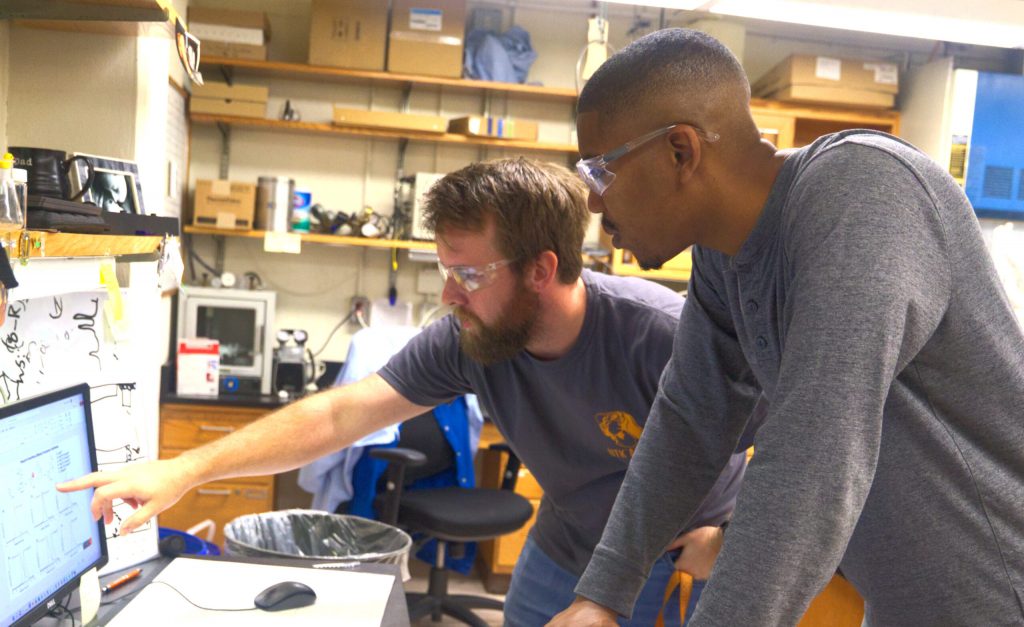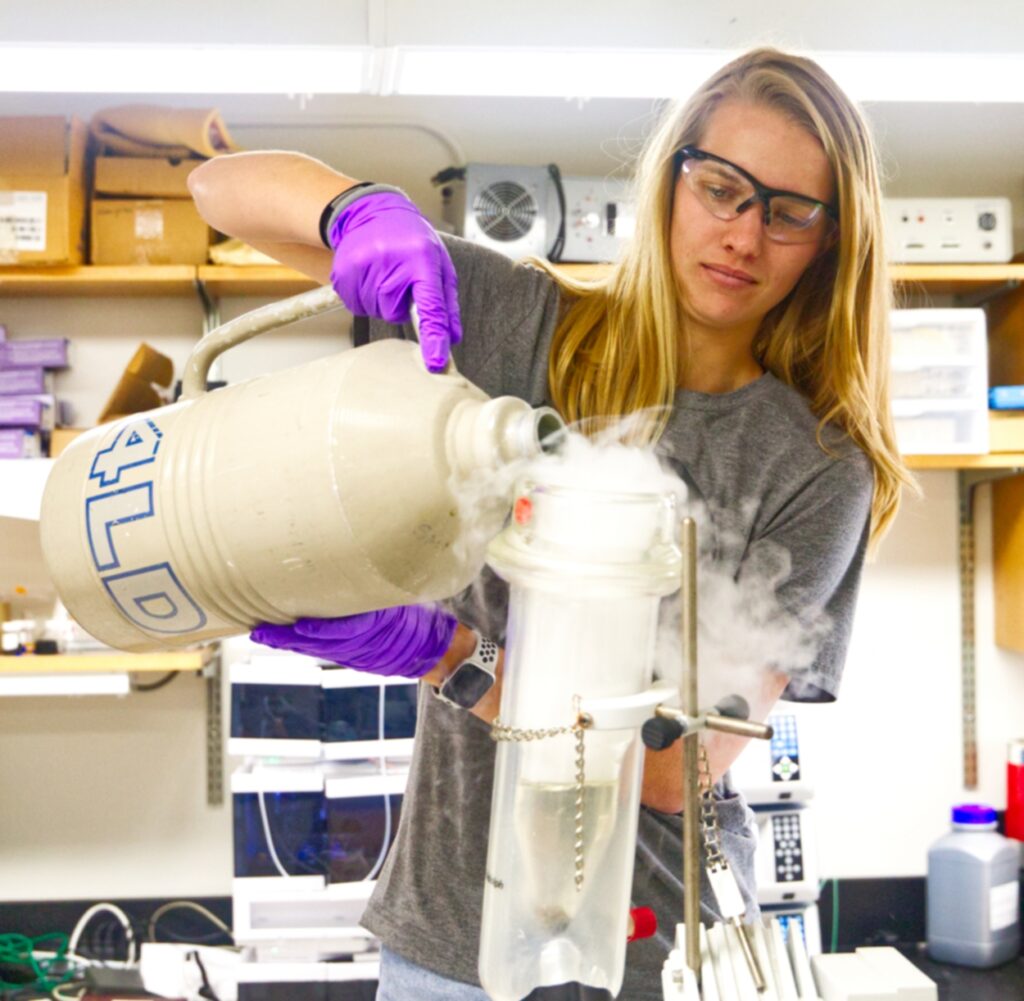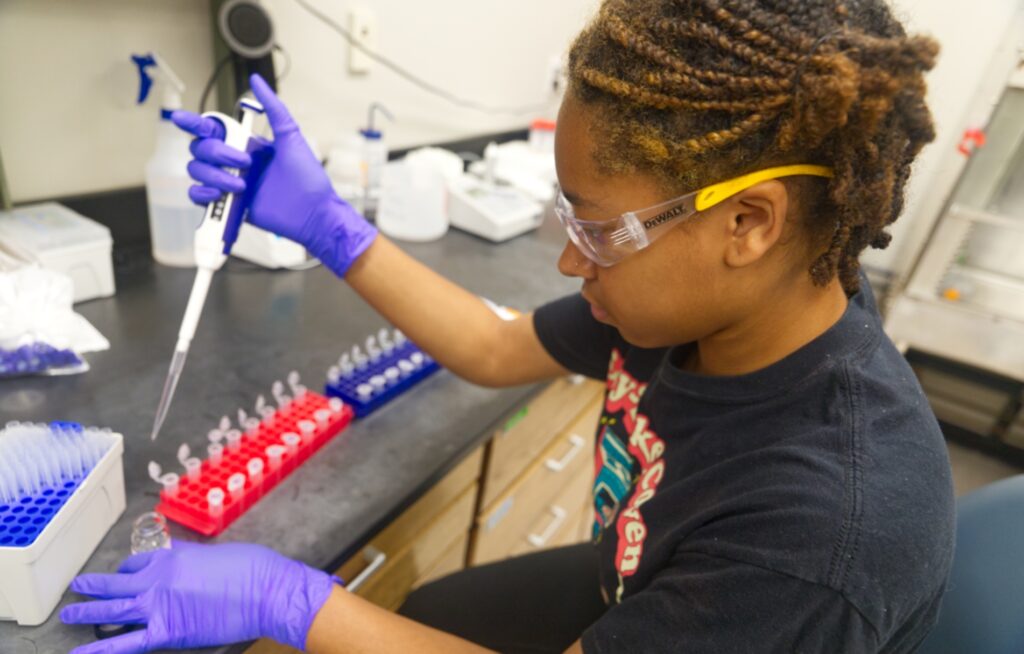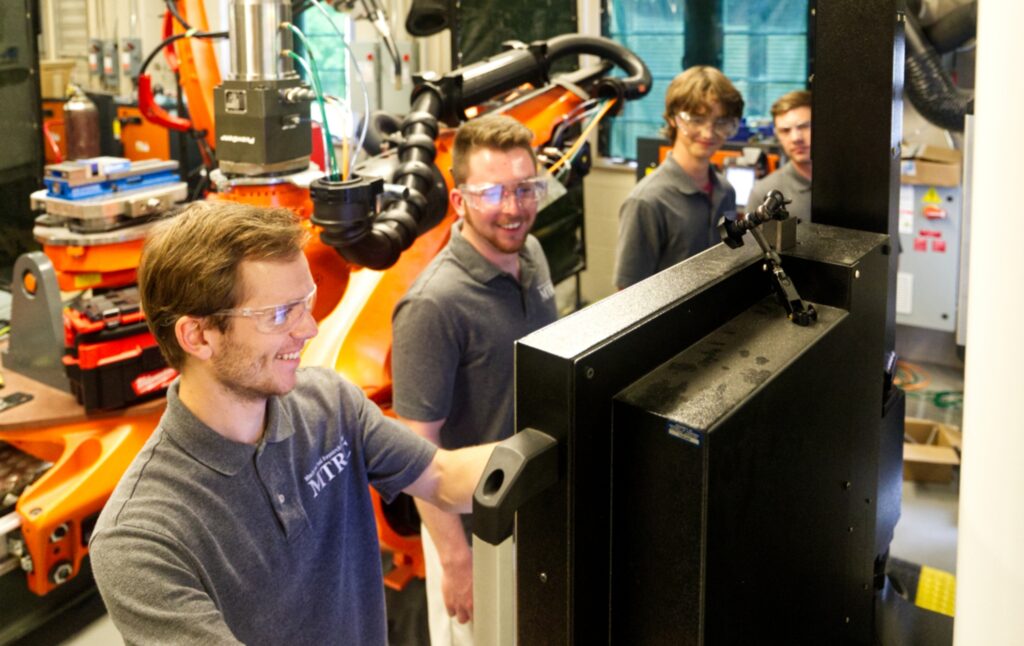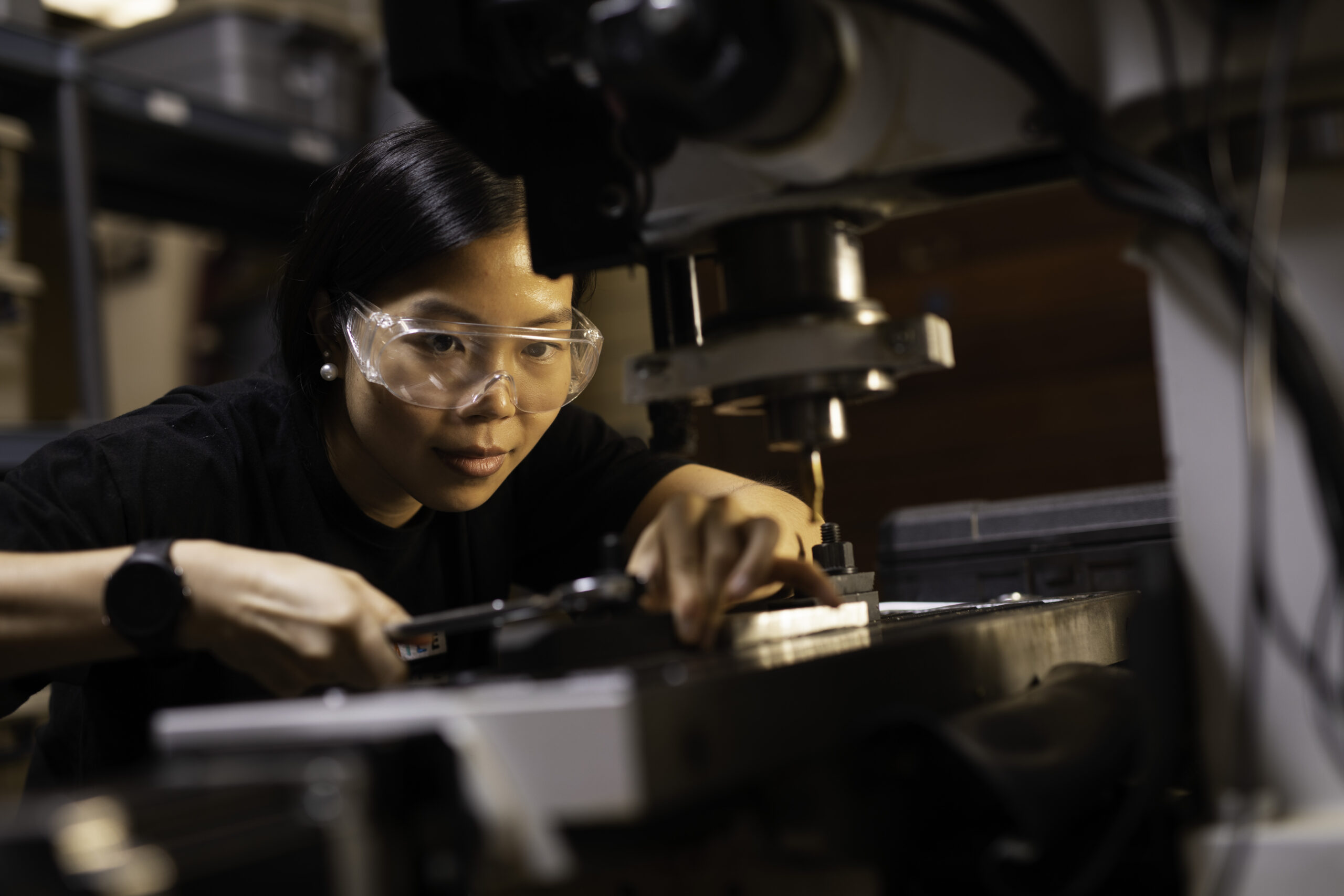
SCIENCE ALLIANCE
Investing in Collaborative Research
A Tennessee Center of Excellence since 1984, the Science Alliance is the longest continually operating organization facilitating collaborations between the University of Tennessee Knoxville and Oak Ridge National Laboratory. Recognizing a shared focus on expanding joint research and development between ORNL and UT’s faculty and graduate students, the Science Alliance fully integrated into the UT-Oak Ridge Innovation Institute in 2022.
Science Alliance’s Impact
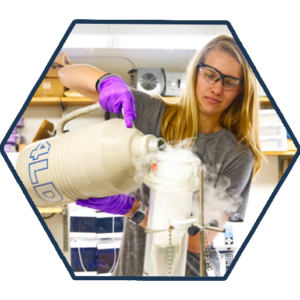
$2 million annually in direct support to UT faculty and graduate students for joint UT-ORNL joint research
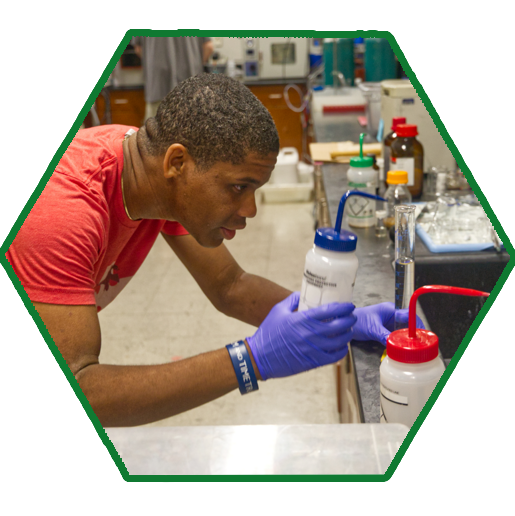
Funding for ~150 graduate students

StART grants to help faculty members early in their career foster relationships with ORNL to the new Faculty Fellows program that supports developed UT-ORNL collaborations
Annual Reports
Recent Posts
-
Sholl Selected as UT-ORII Executive Director
-
UT-ORII SELECTS TWO NEW $20M UT-ORNL CONVERGENT RESEARCH INITIATIVES
-
UT-ORII’s Bredesen Center Selects Zhili Zhang to lead UT-ORNL Energy Science and Engineering Ph.D. program
-
Sudarsanam “Suresh” Babu, UT-ORNL Governor’s Chair for Advanced Manufacturing
-
Robert Davis, UT-ORNL Governor’s Chair for Biomedical Informatics
